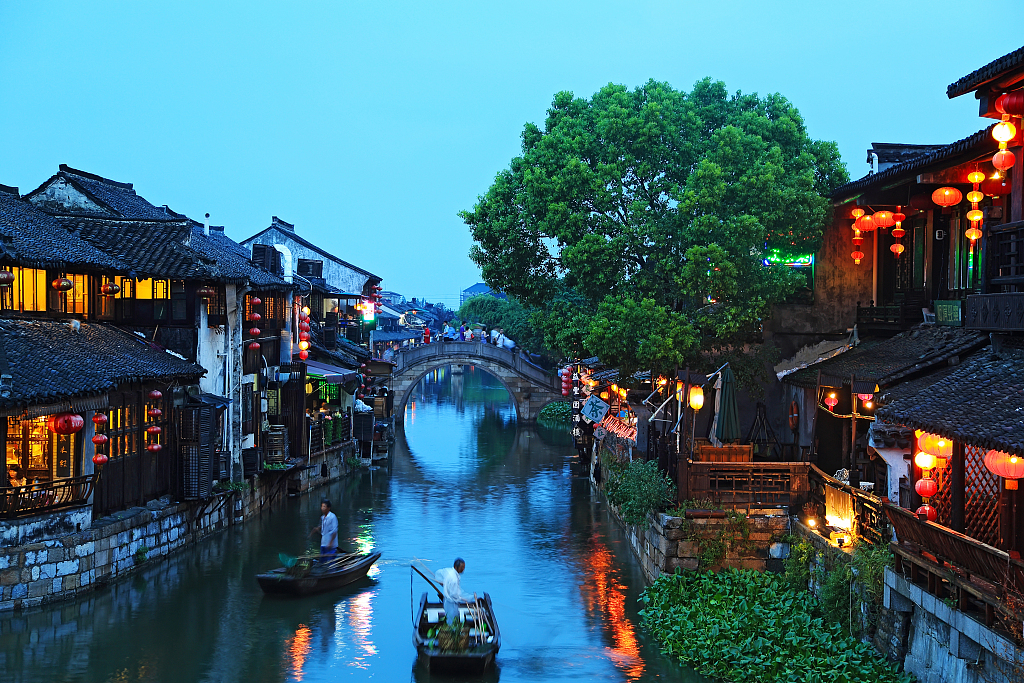
Xitang is a historic water town located in Jiashan County, Jiaxing City, in the Zhejiang Province in eastern China. Its origins can be traced to the Spring and Autumn Period (770–476 BC), which is also recognized as the genesis of Wuyue culture in China.
The historic town of Xitang is split into eight pieces and is crossed by nine rivers. Numerous domestic and foreign tourists are drawn to it by its serene atmosphere and scenic beauty. Chinese landscape paintings frequently feature the lovely scenery as well.
Ancient homes and beautifully maintained architectural marvels from the Ming and Qing periods (1368–1911) may be found in Xitang. The bamboo sculptures, woodcarvings, stone inscriptions, and architectural designs serve as examples of Chinese cultural remnants.
It also has a lot of bridges, lanes, and covered passageways that still maintain their original design.
The 1,000-meter-long one that forms a tile-roofed roadway is the most stunning. It was constructed at the river's edge to provide cover from the rain or sweltering sun.
You can stroll calmly down the hallway, observe the boats moving slowly down the river, or learn more about the illustrious past of the area. If you get fatigued, you can rest on a nearby bench.
More than 104 bridges connect the various parts of the town of Xitang.
The water running underneath the bridges and tiled homes reflects inversely on the river in the morning. The sinking sun casts a slanting light as dusk falls. In the fishing boats, you'll probably hear people singing.




















Comment